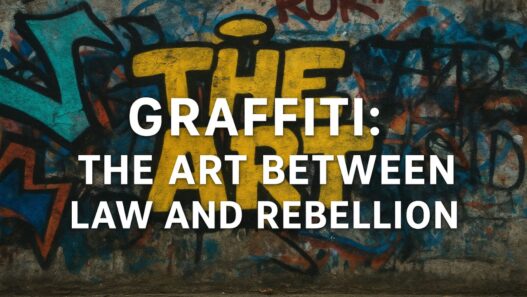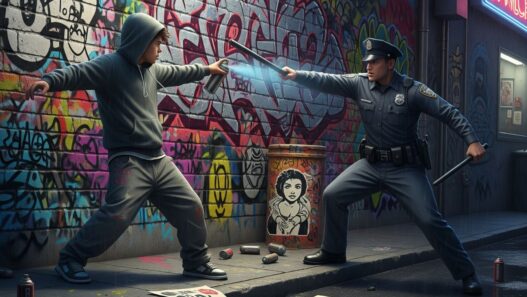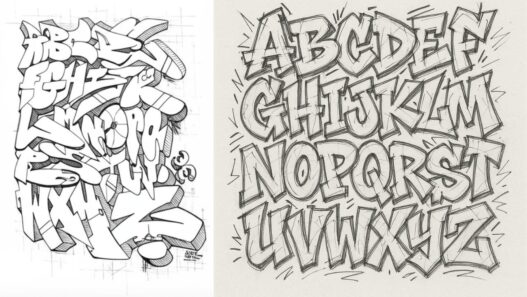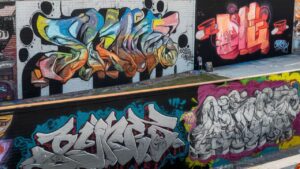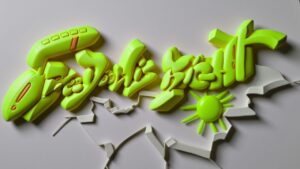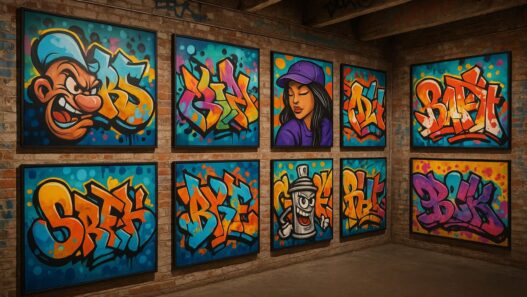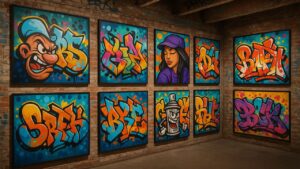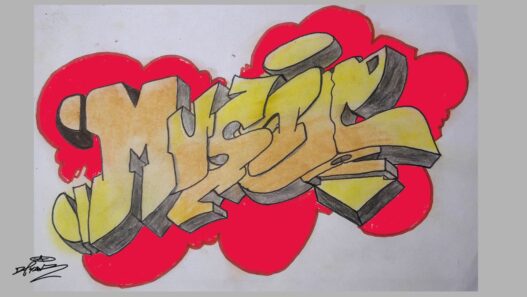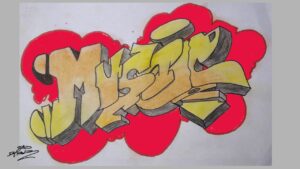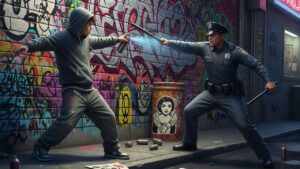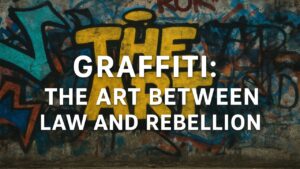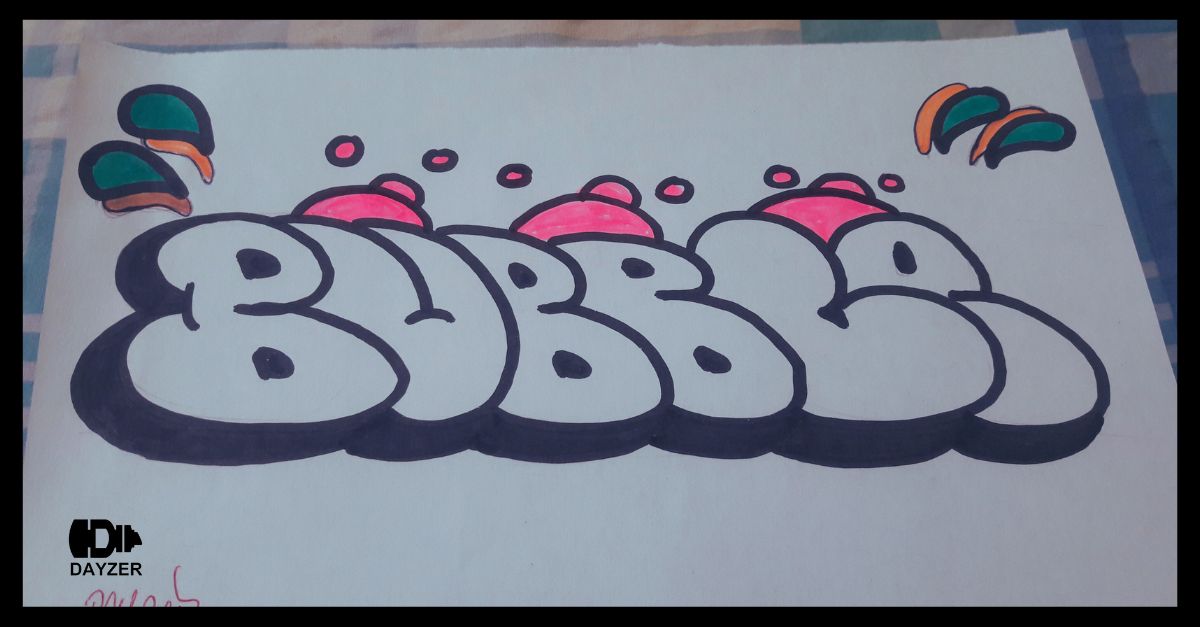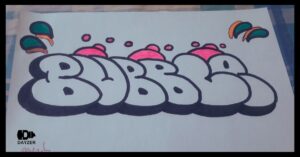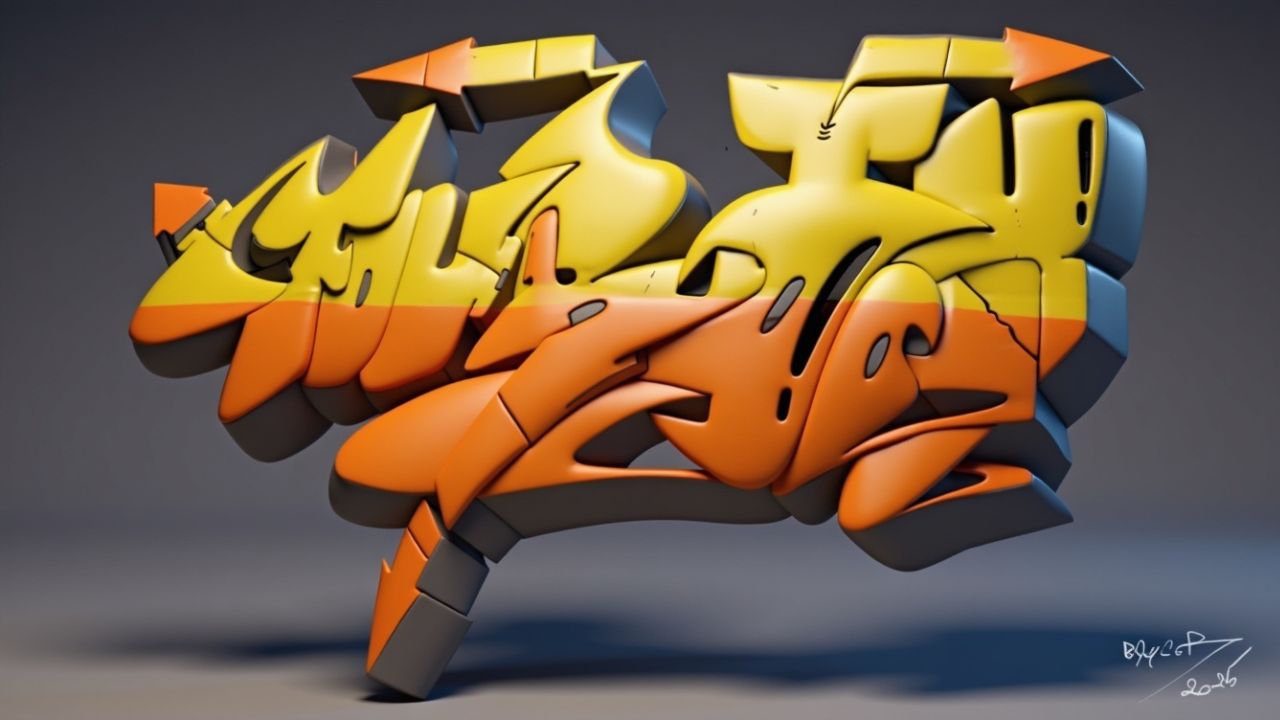
Introduction
In recent years, the world has witnessed a revolutionary shift in the art scene: graffiti artists are no longer confined to the concrete walls of urban streets. Instead, they are finding new homes on digital canvases. This transition isn’t merely a trend—it’s a transformation driven by technology, cultural shifts, and new economic opportunities. In this article, we explore why graffiti artists are increasingly moving toward the digital world, how this shift is redefining street art, and what it means for the future of visual expression.
Advertisement
The Traditional Roots of Graffiti Art

The Birth of a Movement
Graffiti art emerged in the late 20th century as a form of rebellious self-expression, often tied to marginalized communities. Artists used spray paint to leave their mark on walls, trains, and public spaces, communicating political messages, cultural identity, and personal stories.
The Power of the Streets
The urban environment was more than just a canvas—it was part of the message. Graffiti artists relied on public spaces to engage directly with society, challenge norms, and reclaim neglected urban areas.
Advertisement
The Digital Shift: Why Now?
Technological Advancements
The rise of graphic tablets, apps like Procreate, and powerful digital design tools have opened new creative horizons. Graffiti artists can now sketch, color, and animate their work with incredible precision—all from a single device.
Social Media & Global Reach
Platforms like Instagram, Pinterest, and Behance allow graffiti artists to share their creations with a global audience. What once required physical presence and risk-taking now requires a post and a hashtag.
Monetization and NFTs
The rise of NFTs (Non-Fungible Tokens) has created financial opportunities that were previously unavailable to graffiti artists. Digital art can now be bought, sold, and owned in a decentralized marketplace, enabling artists to profit without relying on galleries or street recognition.
Benefits of Going Digital for Graffiti Artists
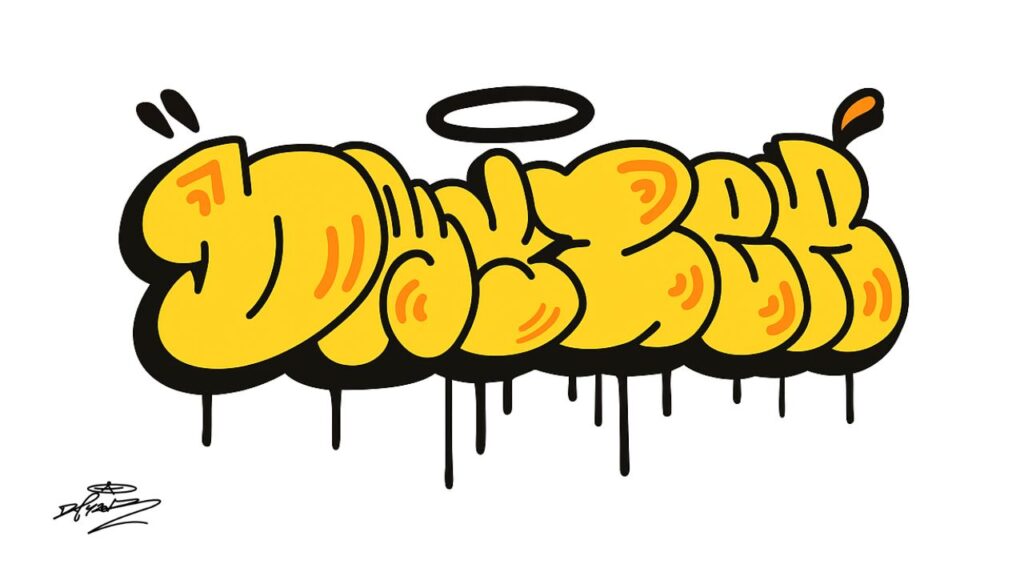
1. Creative Freedom
Digital platforms eliminate physical limitations like wall size, paint availability, or legal issues. Artists can experiment endlessly without fear of fines or arrest.
2. Portfolio Building and Branding
With online portfolios, graffiti artists can build professional identities, showcase their work to potential clients, and collaborate internationally.
3. Collaboration and Innovation
Online communities allow graffiti artists to collaborate in real-time, share techniques, and push the boundaries of their medium. Tools like virtual reality (VR) and augmented reality (AR) are also being explored to create immersive graffiti experiences.
4. Sustainability
Digital art is more environmentally friendly. It eliminates the need for aerosols, which contribute to air pollution, and helps reduce the environmental footprint of street art.
The Hybrid Future: Merging Street and Digital
Virtual Street Walls
Some platforms now offer virtual walls where artists can paint using VR headsets. This allows for exhibitions that feel real but exist in the metaverse.
Projection and Digital Murals
Artists are projecting digital graffiti onto real-world surfaces for temporary displays—merging the raw feel of street art with the polish of digital tools.
Augmented Reality Street Art
Apps allow viewers to see hidden digital messages or animations layered over real graffiti, blending physical and digital art forms.
Challenges Facing Digital Graffiti Artists
1. Authenticity and Cultural Integrity
Critics argue that digital graffiti may lose the raw authenticity that defined the movement. Is graffiti still graffiti if it’s not illegal or public?
2. Over-Saturation
With easier access comes an influx of content. Standing out as a digital graffiti artist requires not only talent but also strong branding and marketing.
3. Technological Barriers
High-quality digital tools can be expensive. Not all traditional artists have the means to invest in tablets, software, or NFTs.
Case Studies: Digital Graffiti Artists Leading the Way
Felipe Pantone
Known for his futuristic, tech-infused style, Pantone merges street techniques with digital aesthetics, creating vibrant, motion-filled digital murals.
Shantell Martin
Though originally from a street background, Martin uses projection, digital drawing, and performance to expand the boundaries of graffiti art.
INSA
Creator of “GIF-ITI,” INSA paints murals frame-by-frame and animates them digitally to create looping art visible online—a perfect blend of analog and digital graffiti.
How to Get Started as a Digital Graffiti Artist
- Choose Your Tools: Procreate, Adobe Fresco, Krita, and Corel Painter are top picks.
- Invest in Hardware: A good tablet like iPad Pro or Wacom is essential.
- Learn the Basics: Many platforms offer online tutorials in digital art for beginners.
- Build an Online Presence: Share your work on Instagram, DeviantArt, or even start a YouTube channel.
- Explore NFTs and Marketplaces: Sites like OpenSea and Rarible are great places to start selling digital graffiti.

Conclusion
The digital transformation of graffiti art is not a departure from its roots—it’s an evolution. Graffiti artists are no longer bound by location, legality, or tools. They are leveraging the digital realm to amplify their voices, reach new audiences, and redefine what it means to be a street artist in the 21st century. As the lines between physical and virtual worlds continue to blur, the future of graffiti is not just on walls—it’s everywhere.
share botton:


